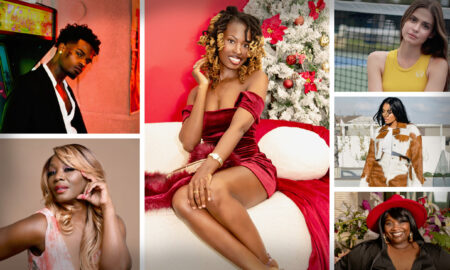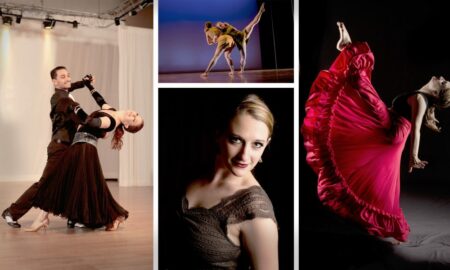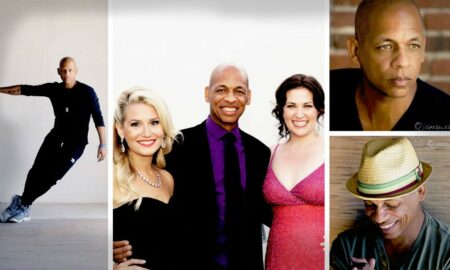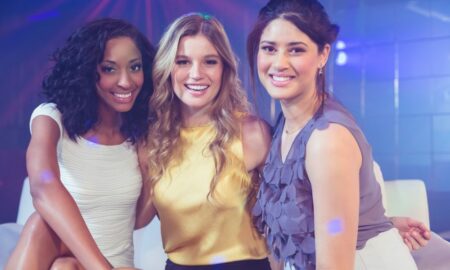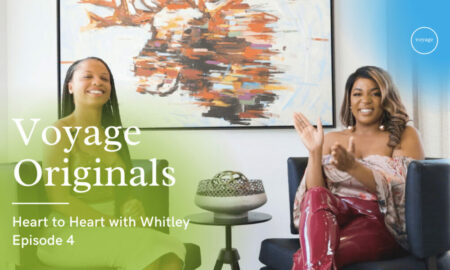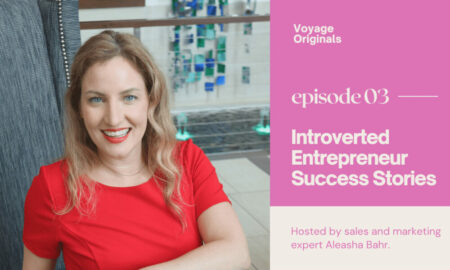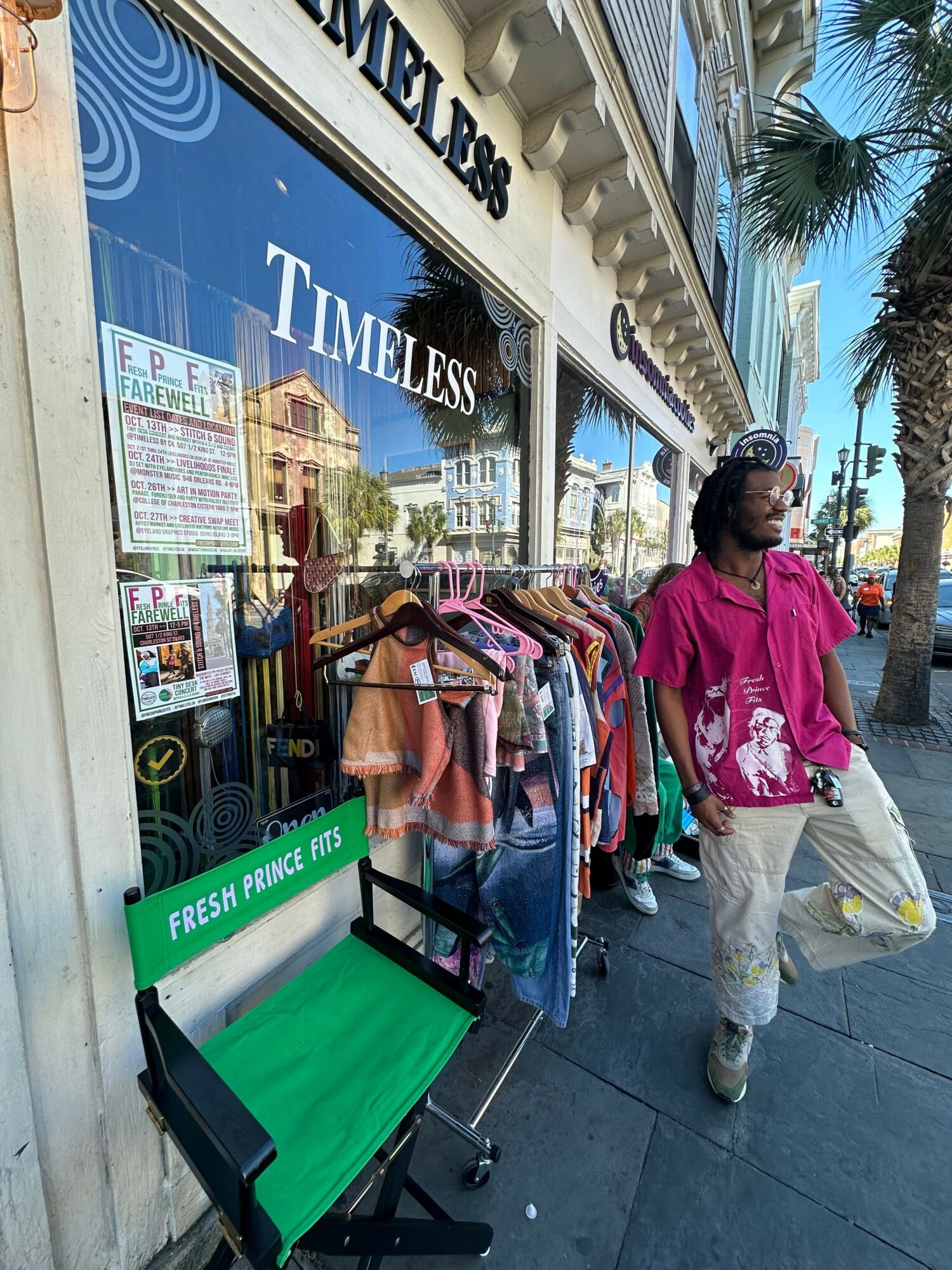

We’re looking forward to introducing you to (aka) Fresh Brandon Alston. Check out our conversation below.
Brandon, a huge thanks to you for investing the time to share your wisdom with those who are seeking it. We think it’s so important for us to share stories with our neighbors, friends and community because knowledge multiples when we share with each other. Let’s jump in: What do the first 90 minutes of your day look like?
About two years ago, I started exploring how spirituality influenced my artistic practice, and over time, the two became deeply intertwined. My spiritual journey and my creative path now directly inform and support one another.
At the beginning of this year, I started The Artist’s Way by Julia Cameron. I was just beginning to establish myself as an independent artist and trying to figure out what that daily rhythm looked like. That book was monumental in helping me build structure into my day. Having a routine clears my head from the clutter of life and helps me stay consistently connected to my creativity.
I also realized that this lifestyle would give me a lot of time alone, and to stay balanced, I needed to cultivate inner peace. Through meditation, I’ve learned how to observe my thoughts and emotions without judgment—letting them pass rather than becoming attached to each one. Between The Artist’s Way morning pages and meditation, I’ve found what grounds me for the day—so that’s how my mornings begin.
I wake up, light a candle, and spend about 15–30 minutes meditating. I really love the Balance app for guided meditations—it has programs for building specific skills and individual sessions on themes like “letting go,” “forgiveness,” and “self-love.” After meditating, I journal. On days when I have more time, I’ll meditate for 30 minutes and journal three full pages like The Artist’s Way suggests. When I’m short on time, I’ll condense it to one page.
To finish my morning routine, I shower and get ready while listening to an introspective audiobook. I’ve listened to Braiding Sweetgrass, The Surrender Experiment, and I’m currently on The Untethered Soul. This practice builds on the meditation and journaling, helping me set a calm, grounded perspective to start the day.
Can you briefly introduce yourself and share what makes you or your brand unique?
My name is Brandon Alston — I’m a costume and fashion designer, actor, and founder of Fresh Prince Fits Designs, a sustainable clothing brand that reimagines thrifted and vintage garments into one-of-a-kind pieces with new life and story.
I started Fresh Prince Fits about four years ago as a way to challenge fast fashion and celebrate the history already woven into our clothes. The brand focuses on reworking loved pieces that might be stained, torn, or forgotten — transforming them into wearable art using found fabrics and hand-applied design techniques. Each garment becomes a reflection of both its past and its new wearer.
I grew up inspired by The Fresh Prince of Bel-Air and how Will Smith used fashion as self-expression — bold, original, and unapologetically individual. That same energy drives both my design work and my approach to performance. As an actor, I’ve appeared in stage and film roles including Pipeline, Mlima’s Tale, and Miss Bennet: Christmas at Pemberley, and I’m drawn to storytelling that explores identity, vulnerability, and transformation — the same themes I express through my designs.
Since graduating from the College of Charleston with a degree in Costume Design and Technologies, my work has expanded across dance, fashion, and fine art. I’ve designed for productions like Braiding Time, Memory and Water by Core Dance in Atlanta and When the Air Stays Still by Annex Dance Company, and my collections have been featured in exhibitions and runways including Newark Fashion week festival, the Halsey Institute of Contemporary Art, the Gibbes Museum’s Sew Surreal, and Charleston’s Gullah Gala.
At its core, my work — whether on the body, stage, or screen — is about honoring memory, individuality, and sustainability, showing that art and clothing can hold stories, heal connections, and create community.
Okay, so here’s a deep one: What part of you has served its purpose and must now be released?
I think I’m learning to release the part of myself that’s always racing the clock. The way college is structured, it’s easy to adopt that mindset. College can be this wonderful space that provides daily structure, rapid growth, and mentors who constantly push you forward. I’m not saying that’s everyone’s experience, or that college is for everyone, but when the right person finds the right school, it can be incredibly rewarding.Through my own experience, I realized the hidden value of college isn’t just in classes or credentials — it’s in the title “student.” That’s one of the most powerful titles a person can hold. People want to help students. It reminds them of when they were starting out, and there’s a nostalgia that motivates them to give back.
But college is finite — there’s an end date, and it costs you more the longer you stay. So I developed this mindset to squeeze everything I could out of it. I said yes to every opportunity my professors shared, no matter how much was already on my plate. I worked late nights, sacrificed sleep and social time, and just kept pushing because I didn’t want to waste a single chance. I figured, when else would I have too much creative work on my plate? That mentality served me well. I learned so much, made incredible connections, and built a strong foundation for my career. But as I’ve transitioned into adult life and my professional journey as an artist, I’ve realized that same pace isn’t sustainable — and it’s no longer necessary.
College taught me to race, but life isn’t a race. It’s still finite, but it’s long. There’s time to grow, explore, and reach your milestones at your own pace. I’m still dedicated — probably still overworking myself at times — but now I’m learning the value of balance. Work doesn’t always mean grinding. Sometimes it means introspection, refilling your creative cup, connecting with others, or simply resting. All of those things feed the creative spirit too. So the part of me that needs to constantly rush and “earn” every moment — that’s what I’m learning to let go of. It served me well in college, but now I’m making space for patience, presence, and peace.
What fear has held you back the most in your life?
I’m sure my fear isn’t unique — the fear of failure feels like part of the human condition. We’re beings wired for survival. Not just creatures of habit, but creatures of persistence; and habits form when we find something that helps us survive or makes life more manageable.
Whenever we try something new — whether it’s a sewing technique I’ve never attempted, a garment I’ve never made, or stepping into a new character — our brains instantly calculate all the ways it could go wrong. They collect “evidence” from any experience, ours or others’, to justify why we shouldn’t try. You could have seen someone else fail and think, “Well, why would I succeed if they couldn’t?” Or maybe you messed up something completely unrelated that morning — your coffee, your alarm — and somehow your brain still uses that as concrete evidence. Because it’s focused on survival, it will use anything to keep you from taking the leap, no matter how irrational.
Then there’s the societal pressure that treats failure as something to avoid at all costs. That mindset has held countless people back from ever trying the thing they might love most. I can’t say I’ve silenced that voice entirely, but I’ve learned to quiet it — to recognize that not every thought is true just because it’s loud. The mind’s instinct to protect you often conflicts with your need to grow.
I’ve started to view that fear not as an enemy, but as a well-meaning guardian — an outdated safety mechanism that still tries to keep you from the unknown. But in both acting and design, the unknown is where the magic happens. Every new role, every new garment begins in uncertainty. Just when you think you’ve mastered something, a new project pulls the rug out from under you and that familiar fear returns.
It’s uncomfortable to always feel like you’re learning something new, but that’s where artists grow the most. Through trial and error, through attempt and failure, you learn more about your craft — and yourself — than you ever could by playing it safe. The only true failure is letting the fear of it stop you from trying. As artists, we should seek out failure and what it has to teach us. My favorite affirmation is:
“I am an artist who creates without the fear of failure.”
Because if you create only to succeed, you’ll always be haunted by the possibility of failing. But if you create simply to see what happens, you leave space for discovery — and that’s where the real art begins.
Next, maybe we can discuss some of your foundational philosophies and views? What do you believe is true but cannot prove?
I believe that art doesn’t come from the artist alone — but something we participate in. It’s created through a relationship, a conversation between the artist and the world around them. Every piece of art is born from reciprocity: between human and nature, maker and material, idea and experience. Creation is a shared act, a mutual exchange where both sides leave changed.
When I was developing my debut collection The Clusia, I began to understand this more deeply. I was inspired by Anna Heyward Taylor’s woodblock print of a single flower. At first glance, it seemed so simple — quiet and contained — but when I looked closer, I realized how much complexity was hidden in that stillness. The piece took two beings to create: the artist, who captured the beauty, and the flower, who spent its entire life cycle becoming that beauty.
In studying the flower’s life cycle, I realized that, just like the artist who carved the block, the flower itself was also an artist — shaping color, form, and beauty through its own process of growth and decay. My work wasn’t just about depicting that cycle, but participating in it. The collection explores the ever-changing stages of the flower’s life through color, texture, and structured silhouettes, beginning and ending with a gardener’s look to symbolize humanity’s connection and responsibility in that reciprocal relationship.
We like to think of art as something we make, but maybe it’s something we join. With that awareness, I feel it in all that I create — that quiet exchange between me and everything that brought the idea to life. That collaboration between human and nature feels like truth to me.
I can’t prove it, but I believe the natural world speaks to us — not with words, but through pattern, rhythm, feeling, and experience. Every bloom, decay, and rebirth teaches us something about our own cycles of creation; every interaction, every moment of connection, offers a chance for inspiration. The artist’s role is to listen closely enough to translate those conversations into form. Human creativity and the natural world are in constant dialogue. The flower creates beauty simply by existing, and the artist responds by giving that beauty a new life through art. I believe we don’t make art about the world — we make it with the world.
Thank you so much for all of your openness so far. Maybe we can close with a future oriented question. When do you feel most at peace?
I feel most at peace when I’m creating work that allows me to let go of control — when I know I’m making what I’m supposed to be making because I don’t have to force the creativity; the ideas just flow like inherent truth. I can trust that the work will speak for itself, and that whatever people take from it is exactly what they’re meant to.
That understanding really took shape during my work on From Away, a dance piece that explored faith, reciprocity, and abstraction. The story behind the piece was deeply personal and transformative to the choreographer, yet her intention wasn’t to replicate her own revelation for the audience — she wanted to design something abstract yet deep enough to create space for each person to encounter their own meaning. That intention guided how I approached the costume design — not as a literal retelling, but as an invitation.
Visually, the design draws from details of an airplane, abstracted through scale and repetition until they pass beyond recognition. Inspired by Georgia O’Keeffe’s approach to abstraction, the familiar becomes unfamiliar — enlarged, fragmented, and translated through texture and motion. The skirt references the rotational movement of propellers, creating a continuous spiral that mirrors both descent and lift. As the dancer moves, it expands and contracts, echoing the tension between surrender and control at the heart of the piece. The accompanying top features a fully abstract grayscale dye pattern, mimicking the way light reflects off chrome — the distorted, mirrored patterns that emerge when viewing an airplane up close. The costume “hides in plain sight,” revealing its meaning only through motion — not illustrating the narrative, but embodying its essence. Nothing is overt, yet every line, texture, and shade carries deep meaning.
That project helped me see that peace, for me, lives in surrender — in allowing art to exist without needing to explain itself. I’ve realized that my role as an artist isn’t to tell people what to see or how to feel, but to offer an experience that invites reflection. This is the essence of the art I want to pursue in my life. Although all of my work is layered with meaning, art is in the details. I don’t believe in making something for the audience, at least not in the sense of directing their interpretation. There is nothing real to look for, nothing to find. I didn’t put anything in there for them to uncover. None of it has intrinsic, inherent meaning. Whatever it forces you to think about — whatever it makes you feel — that’s what you’re meant to take away from it.
When I can create from that place — detached from expectation, fully surrendered to the moment of making — that’s when I feel most at peace.
Contact Info:
- Instagram: Design: @fresh.prince.fits
- Other: Instagram Acting/personal: @birthday_boy_brandon




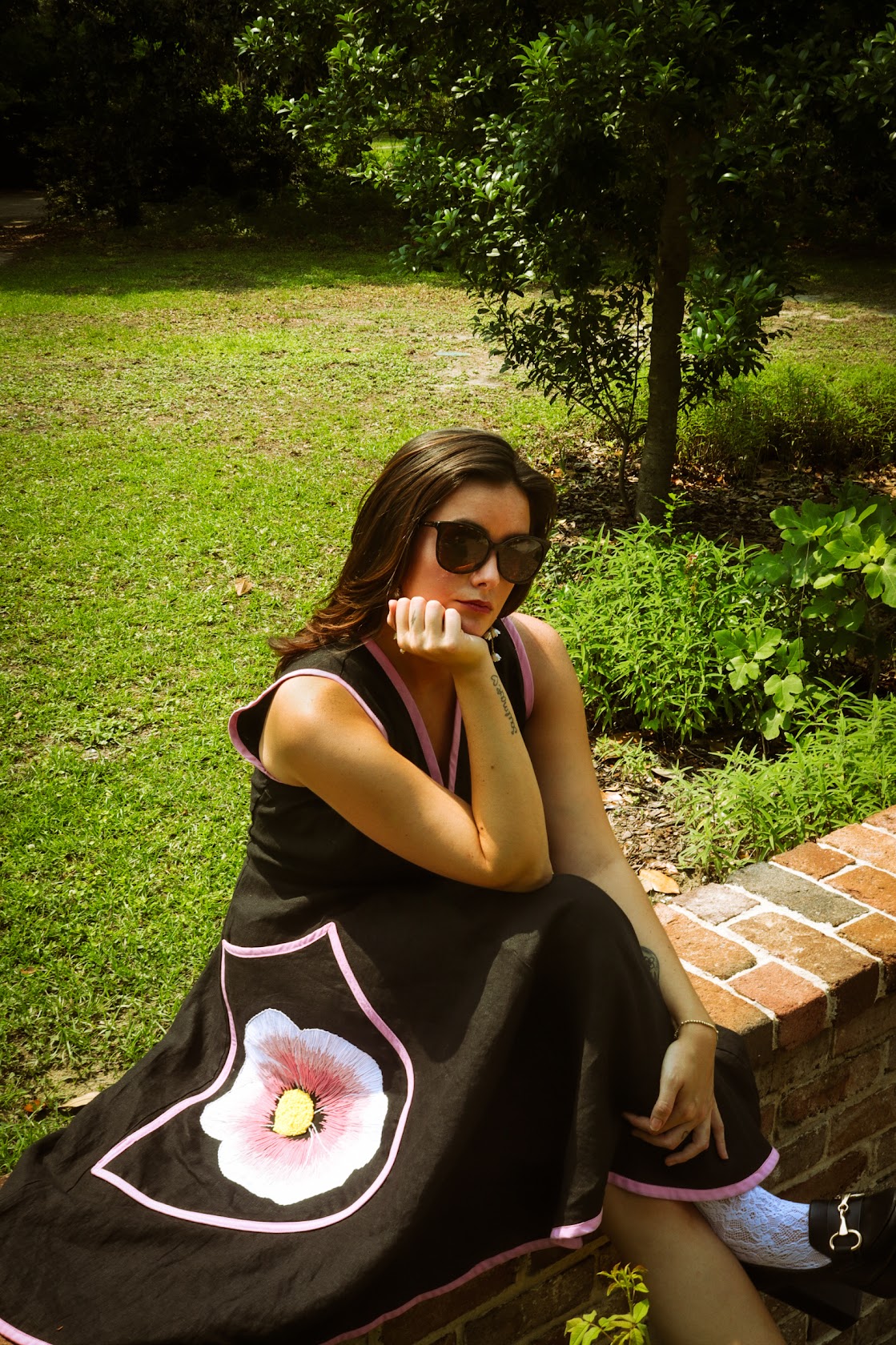
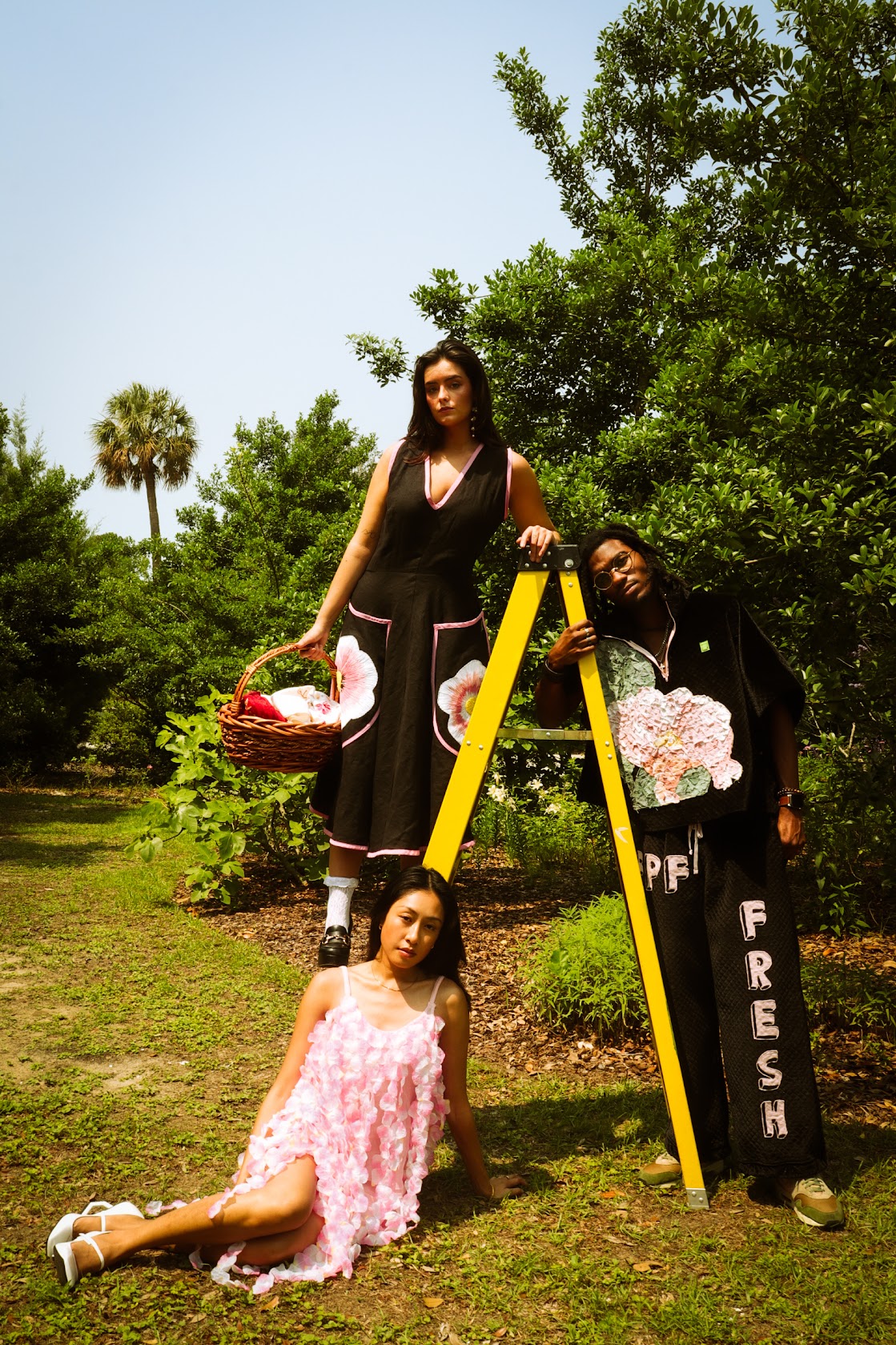

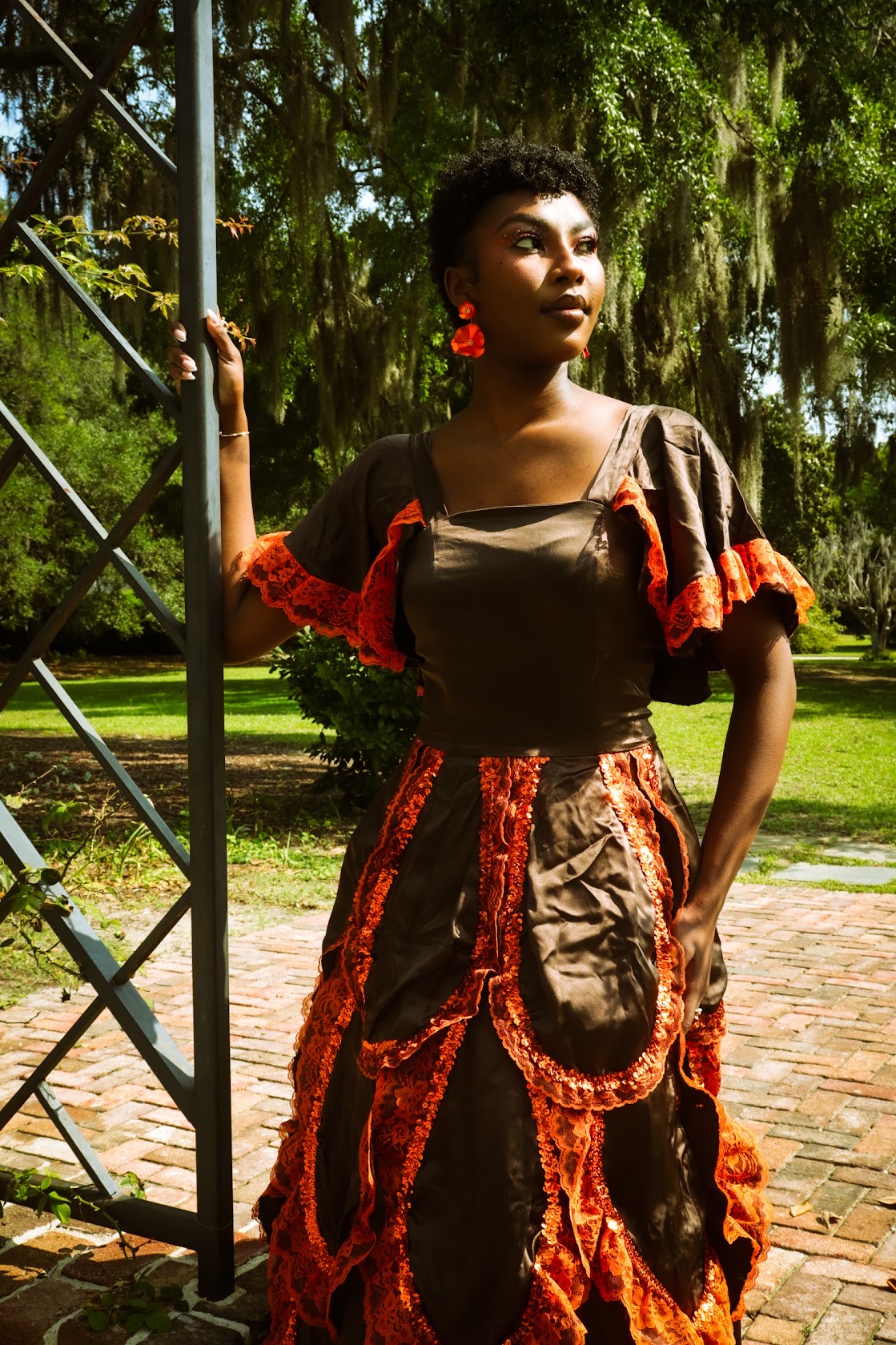



Image Credits
personal image: photographer ig @chynna_chan
Additional photos: photographer ig @cldkay

